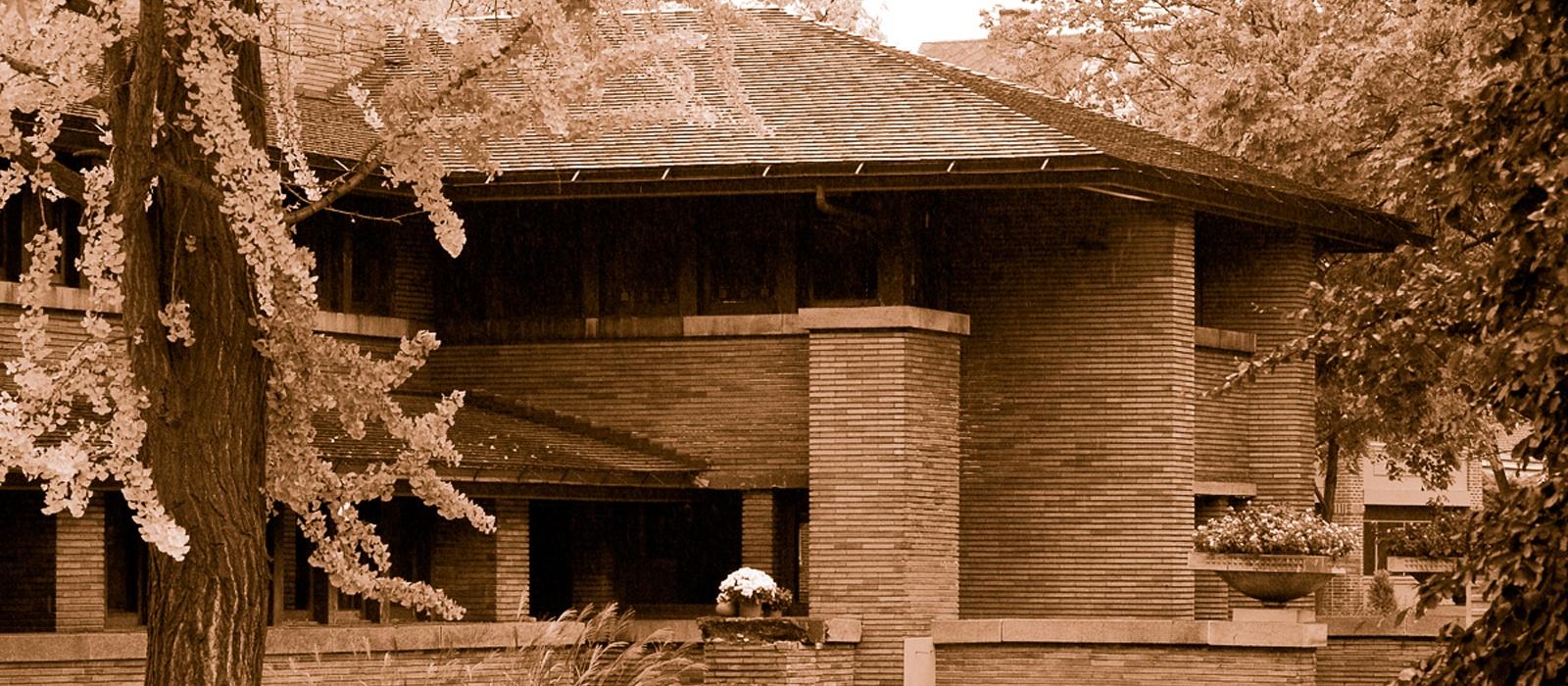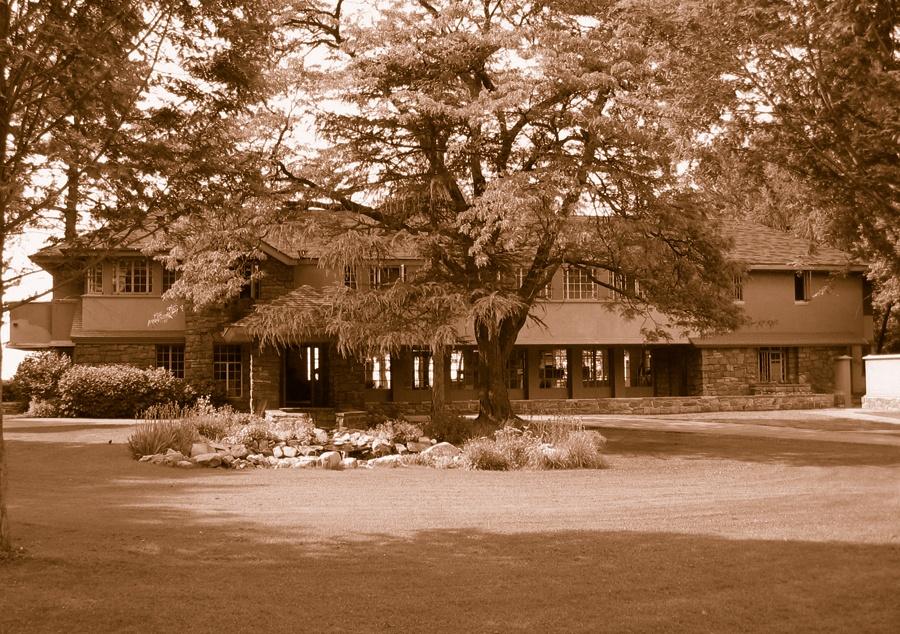
Frank Lloyd Wright's Buffalo
This film tells a story of family, friendship, and the meaning of home in American life.
Elementary Lesson Plans:
• Word Cube
• The Time of Your Life: Creating a Personal Timeline
• Roots and Branches: Sharing Family History
• The Shape of Things
Intermediate Lesson Plans:
• Extra! Extra! Martin Complex Newspaper Article
• Design It All
• Mapping the Connections
• Lines in the Glass: FLW's Light Screens
Commencement Lesson Plans:
• Destined to be an Architect
• Architects and Architecture
• Graycliff: Summer Solace
• Friend or Patron?

More than a biography of America’s greatest architect, Frank Lloyd Wright's Buffalo is a story of family, friendship and the meaning of home in American life. The program explores how a friendship spanning decades affected the structural aesthetic of a major American city and made a significant impact on architectural history. Buffalo, New York has the unique privilege of having more Frank Lloyd Wright structures than any other city in America outside of Chicago. This collection of architecture is due to one man: Buffalo businessman Darwin D. Martin. The centerpiece of Wright’s work in Buffalo is one of Wright's earliest designs, the Darwin Martin House. Built in 1904, it precedes such masterpieces as the Robie House and Fallingwater and is considered by many as the finest example of his prairie house design.
Contained within the walls of the estate is the extraordinary story of the thirty year friendship that developed between Wright and Martin—a friendship that has been largely overlooked by Wright historians. Through the prism of this friendship, the film explores the importance of Buffalo during Wright’s early career, the architectural significance of the Martin estate, and the development of Wright’s first large-scale commercial commission, the Larkin Building. Over the course of thirty years, Martin became Wright’s closest friend and confidant. He looked to Martin for support both financially and emotionally. Insightful letters between the two men dramatically tell of the architect’s motivations, his human frailties and foibles. More than a story of architecture, Frank Lloyd Wright's Buffalo is a revealing and surprising look into the world of the greatest architect that America has ever produced.
Why Study Frank Lloyd Wright and Darwin D. Martin?
The creation of that which is uniquely American was a long time coming. From the American Revolutionary War to Britain’s second defeat at the hands of the Americans during the War of 1812, many Europeans believed that the upstart young nation would never survive. Following the War of 1812, which some historians refer to as, “America’s Second War for Independence,” the new nation began to receive more respect around the world. Yet, it would take the better part of the next century before truly American business, religion, art, music, literature and architecture emerged. Americans of the late nineteenth and early twentieth century flexed their creative muscles and were delighted to burst upon the world stage as not only artists and entrepreneurs, but as creators of an entirely new national consciousness.
The story of the Wright – Martin friendship is a microcosm of what was occurring across America at that time. It is a story of a businessman who came from nothing and an architect with a belief in his vision. It is the story of flourishing industrial cities and the expansive American landscape. Join us, with your students, as we look at a story of family, friendship and the meaning of home in American life. Answer the question for yourself and your students, “How did the friendship between Frank Lloyd Wright and his wealthy Buffalo client, Darwin D. Martin, affect the structural aesthetic of a major American city and make a significant impact on architectural history?
In one of his last letters to Darwin D. Martin, Wright wrote,
“My Dear D.D.M.:
I appreciate most of all, the time you took from a
busy life to consider me and my muddle and the fine
spirit of helpfulness you contributed to an unpopular
cause. I think you are a better friend than I.
As Always, Frank Lloyd Wright.”